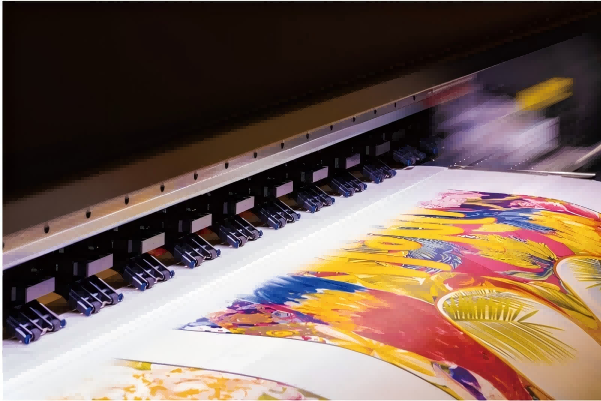 Análisis de la industria de tintas LED UV
Análisis de la industria de tintas LED UV
Aug 25, 2025
🌍 Las regulaciones ambientales impulsan la transformaciónLas regulaciones ambientales globales se están endureciendo, y las tintas tradicionales emiten millones de toneladas de COV al año. La industria china del embalaje y la impresión contribuye con el 30 % de las emisiones globales de COV. Las tintas LED UV, con fórmulas sin disolventes y tecnología de curado UV, logran cero emisiones de COV, en consonancia con el XIV Plan Quinquenal de China para el control de COV y políticas como el Impuesto Fronterizo de Carbono de la UE. Esto posiciona a la tecnología LED UV como la solución clave para las mejoras en la impresión ecológica. ⚡ Ventajas técnicas y económicas Eficiencia energética: Las fuentes de luz LED consumen sólo entre el 20 y el 25% de la energía de las lámparas de mercurio tradicionales, con una vida útil que supera las 20.000 horas (10 veces más que las lámparas de mercurio), lo que reduce los costos operativos en un 70%. Avances en la aplicación: El curado a baja temperatura (superficie de la lámpara de ≈60 °C) evita la deformación de sustratos sensibles al calor, como películas de plástico, lo que permite su uso en campos de alto crecimiento, como el envasado de alimentos, la electrónica (por ejemplo, PCB) y la impresión 3D. 📈 Crecimiento del mercado e innovación El mercado global de tintas LED superó los mil millones** en 2024, con China representando el **35%**. La impresión de envases domina la demanda (más del **60%**), especialmente para envases de alimentos y productos farmacéuticos, gracias a su seguridad no tóxica. Para 2028, se proyecta que el mercado global de curado LED UV supere los **12 mil millones (TCAC >10%). Las innovaciones clave que abordan los altos costos iniciales y las limitaciones de curado en sustratos oscuros incluyen: I+D de materiales: Fotoiniciadores de base biológica para resolver problemas de toxicidad. Soluciones híbridas: combinación de LED UV con tintas a base de agua para equilibrar el respeto al medio ambiente y la adaptabilidad. Integración inteligente: precisión de curado y eficiencia de producción mejoradas por IoT.💎 Conclusión: Un cambio verde irreversible La presión política, los beneficios tecnológicos y la demanda del mercado están impulsando Tinta LED UV A la vanguardia de la impresión. A medida que proliferan los materiales de origen biológico, disminuyen los costos de los equipos y entran en vigor los impuestos globales al carbono, esta transformación ya no es una cuestión de "si" sino de "con qué velocidad", logrando finalmente un equilibrio entre la ecología y la economía.
LEER MÁS


 Análisis de la industria de tintas LED UV
Análisis de la industria de tintas LED UV